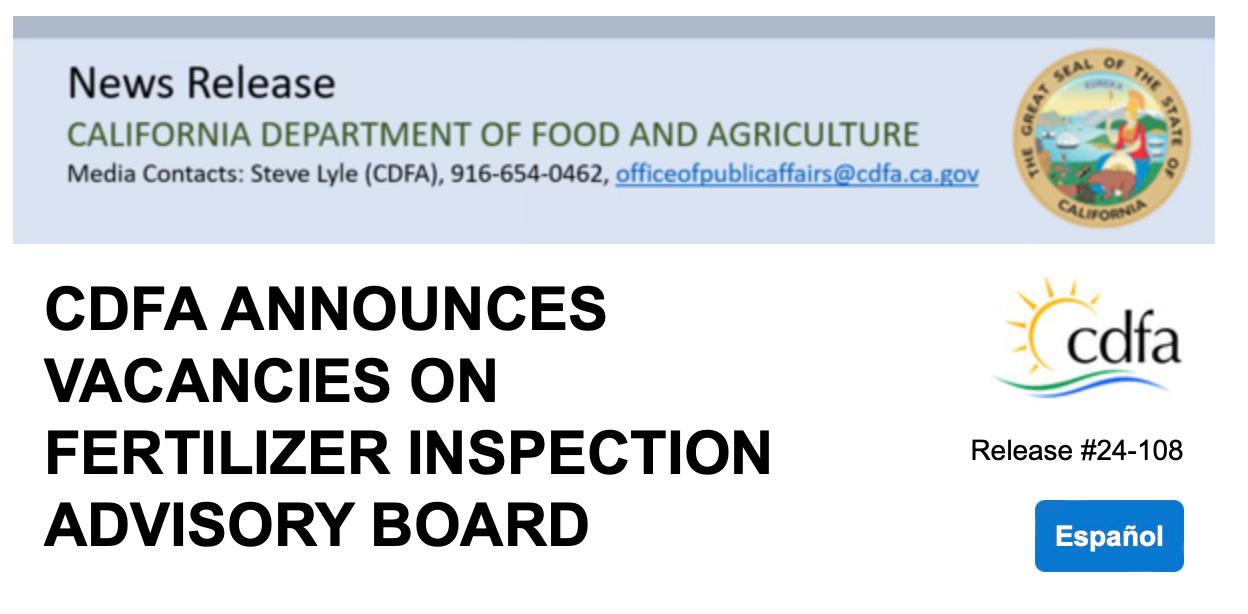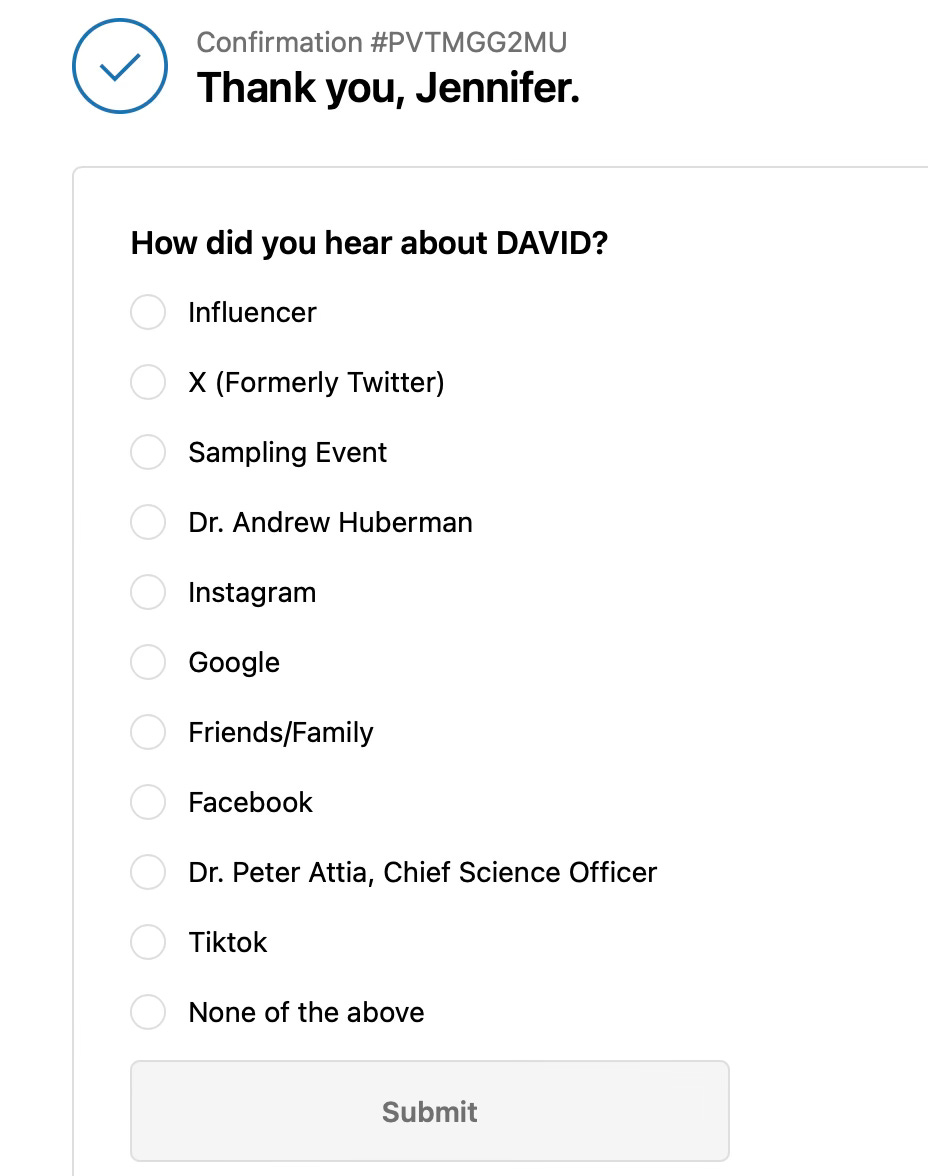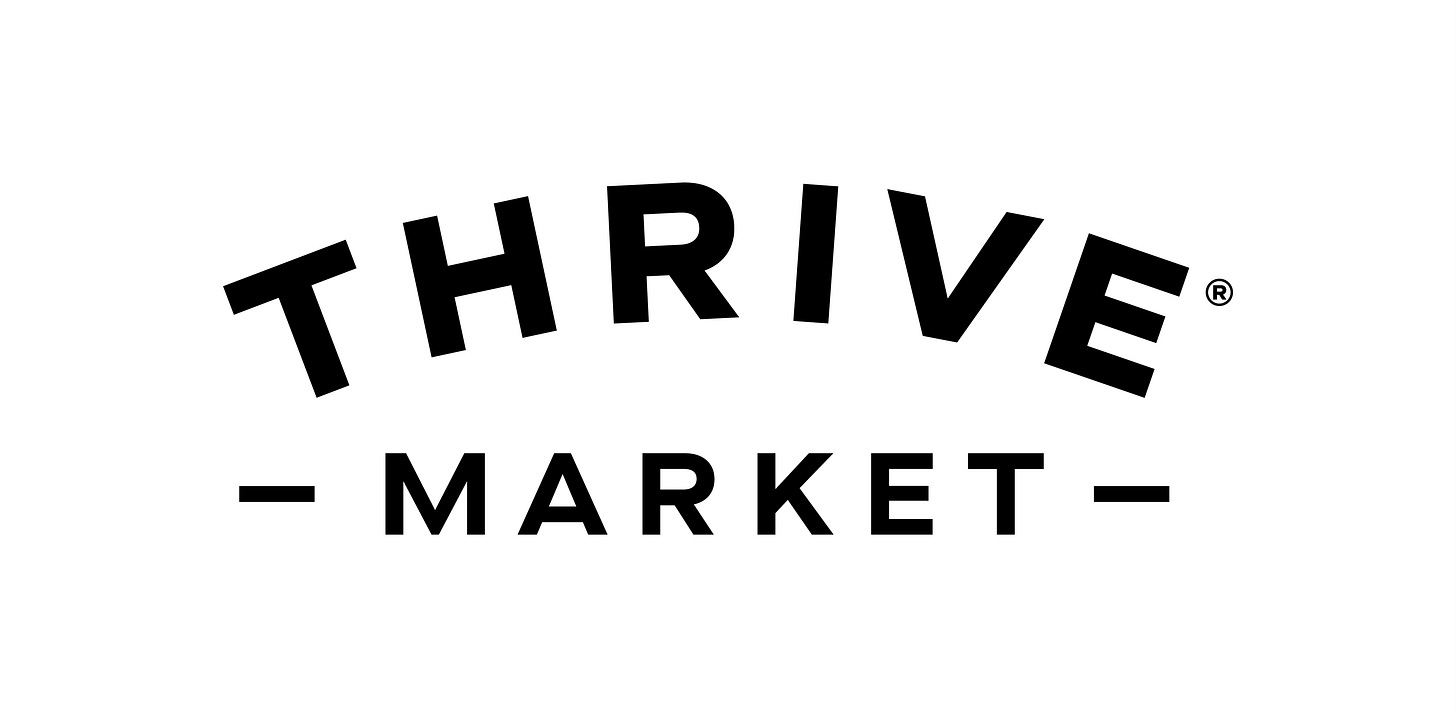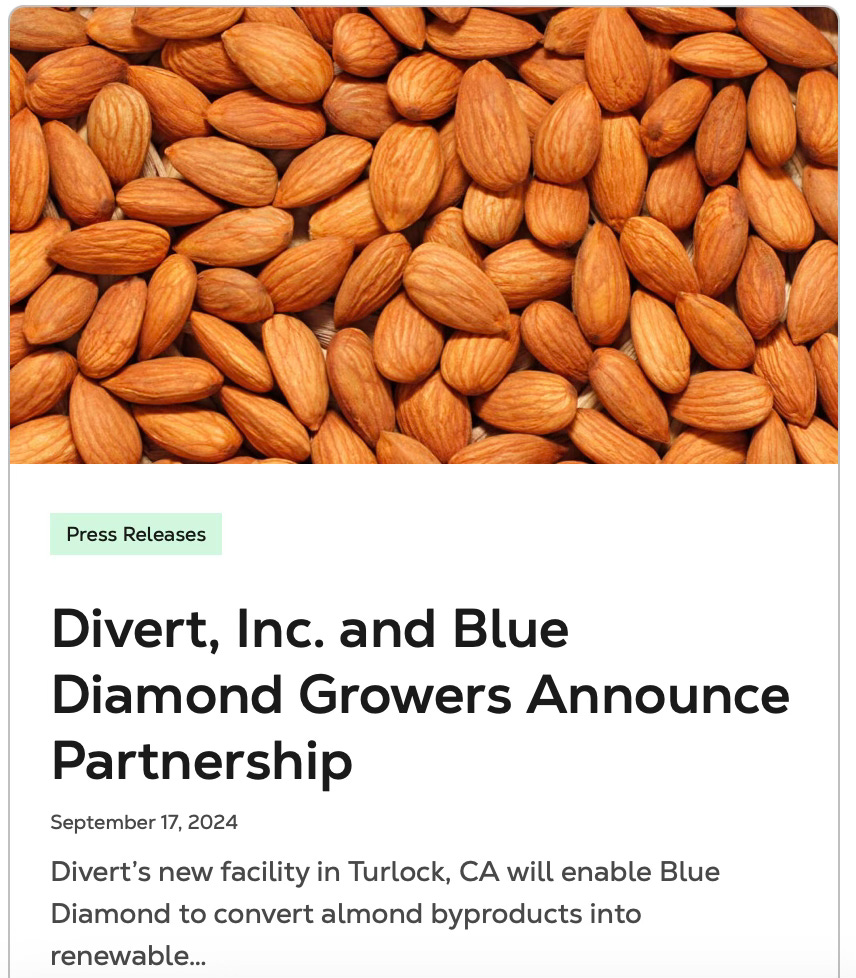What does the history of Organic fraud say about the future of Regenerative Organic?
Thrive now has slotting fees, almond byproducts to renewables, David protein's target demo, and more
4-min read
In the not-too-distant past, a decades long Organic fertilizer scam went on in California involving the biggest names in Organic. The CDFA failed in addressing the problem, and millions of consumers were duped. The CDFA is now tasked with effectively regulating the regenerative market.
Let’s dig in.
From the early 2000’s to 2012 farmers were sold millions of dollars of fake organic fertilizer through a web of collusion including falsified paperwork, secret storage tanks, and misleading labeling. And while the CDFA were aware of the fraudulent activities, their response was slow and ineffective, hindering public understanding and accountability.
The full story is detailed in the Farm Journal, and it is maddening: Organic Implosion: How Two Grifters Cooked $50M In Fake Fertilizer and Rocked Agriculture
Most consumers have never heard about this. At the time it was considered an ag problem — a farmer problem. Biolizer XN was a cheap synthetic, and not organic, yet it’s use was wide reaching
Growers for Earthbound, the largest organic produce company in the nation, and Driscoll’s — the big berry grower — had used the product — and it wasn’t confined to large farms. Even organic CSAs used it.
I bring this up because just this week the CDFA put out an announcement for board members to join the Fertilizer Inspection Advisory Board, which advises the CDFA secretary on the Fertilizing Materials Inspection Program (FMIP), that, since 2012, all organic input materials distributed in California must register under.
We really need good people on this. Apply here.
Reforms to the USDA's National Organic Program (NOP) are increasing oversight, such as last year the final rule was passed on Strengthening Organic Enforcement (SOE), but these measures don't specifically target regenerative agriculture or fertilizer fraud, they represent broader efforts to maintain integrity in organic production systems.
Regenerative Organic certifications are add-ons, and therefore reliant on Organic certification. Notwithstanding, the CDFA is defining just the term “regenerative” devoid of organic, for policy purposes.
What I’d like to know is can the CDFA effectively regulate the regenerative market given its past record? And do recent reforms instill confidence in what will be an even more complex system?
Most don’t want regenerative anyway, if they think they are paying for it
Support for regenerative agriculture adoption is lower when the cost is passed to consumers via higher prices or taxes.
“42% of consumers believe it should be the government’s responsibility to fund regenerative. This reveals an interesting dissonance given that government funds come from consumers in the form of tax dollars.” Purdue U
I ordered David and I am not the target demo
The post purchase brand awareness survey included selections for Andrew Huberman and Peter Attia, the most prominent figures of our time in the health optimization and longevity space. Based on this, we know their demo are health-conscious (mainly men) interested in science-based approaches to wellbeing and performance.
Yup.
Kroger CEO readying to compete against Walmart on low prices
Do small brands need more evidence that entering retail at a national banner is a death wish?
Thrive Market how charges slotting
This just in — $1k/SKU is now being asked of brands to enter the marketplace. On the heels of the Sprouts 6% EDLC ask (that I talked about a couple weeks ago) it’s getting harder for emerging brands to build out their biz models when unexpected fees pop up. This is why it’s so important to have a relationship with buyers and come to an agreement on what you can do. I’m hearing a lot of brands negotiated Sprouts down to a smaller EDLC starting October.
Walmart is continuing to pose a threat to supermarkets
The share of U.S. households that primarily shop for groceries at Walmart, either in-store or online, rose to approximately 30% between June and August
Shoppers are frequenting Walmart more than any other retailer. BigChalk
Blue Diamond Growers will turn low-value almond byproducts into renewable energy and soil amendment
Divert’s Integrated Diversion & Energy Facility in Turlock, California is new as of this year. Divert plans to open 30 facilities scaling its solution to be within 100 miles of 80% of the U.S. population by 2031.
That’s all folks! See you next week.
All my best,
Jennifer












